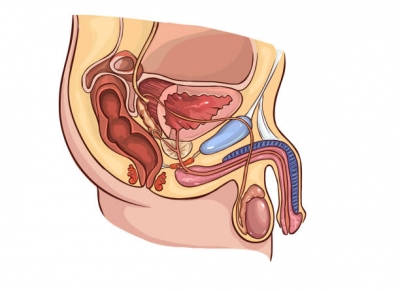
The male reproduction organs’ role in creating new life is to make sperm (sex cells). The sperm swim to a female egg, where one of them joins with it to create a fertilized egg that will grow into a baby.
A man’s main reproductive organs are the testes and penis. The two tests are where sperm are made and stored. Each testis is connected to a tube, which carries sperm to the penis. On the way, the sperm mix with other substances to make a liquid called semen. During the act of sexual intercourse, the penis becomes stiff and is inserted into a woman’s vagina, where it releases the sperm-containing semen.
The entire male reproductive system is dependent on hormones, which are chemicals that stimulate or regulate the activity of cells or organs. The primary hormones involved in the functioning of the male reproductive system are follicle-stimulating hormone (FSH), luteinizing hormone (LH) and testosterone.
FSH and LH are produced by the pituitary gland located at the base of the brain. FSH is necessary for sperm production (spermatogenesis), and LH stimulates the production of testosterone, which is necessary to continue the process of spermatogenesis. Testosterone also is important in the development of male characteristics, including muscle mass and strength, fat distribution, bone mass and sex drive.
Picture Credit : Google

